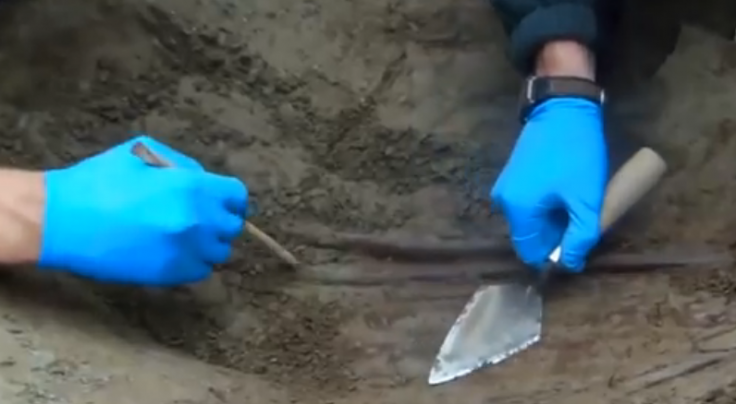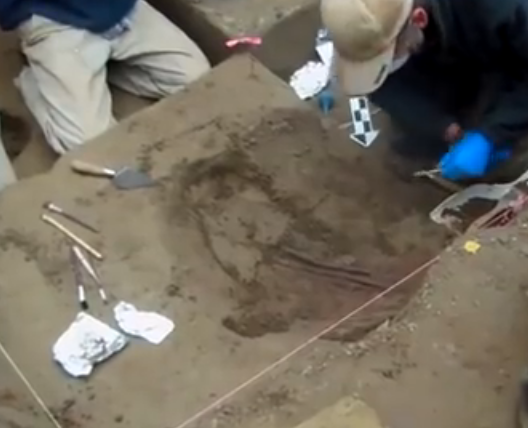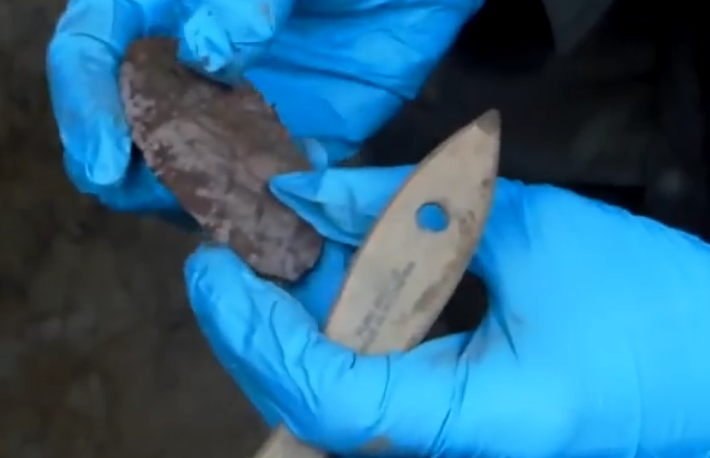
A stunning discovery of the remains of an infant girl from Alaska is helping people to rewrite the history of the initial migration of early men to North America all the way from Siberia. The long-buried remains are 11,500 years old and genetic analysis of the same reveals that it belonged to an ancient group which was long lost.
The DNA analysis of the infant proves the fact that a single wave of migrants did travel to North America all the way from Siberia. The migration took place 20,000 years ago. Back then, since sea-levels were low, it created a stretch of dry land in the Bering Strait which submerged when the northern ice caps melted.
Professor Eske Willerslev states that the people who migrated from Siberia are in fact ancestors to the present day Native Americans.

The girl was around six weeks old at the time of her death and her remains were discovered way back in 2013 at the Upward Sun River archaeological site. Ben Potter, an archaeologist from the University of Alaska Fairbanks, unearthed the remains.

Professor Eske Willerslev and his team published the genetic analysis results in the journal Nature. The locals have named her Xach'itee'aanenh t'eede gay or sunrise girl-child. The team of scientists has named her USR1.

"This individual belonged to a population of humans that we have never seen before," said Professor Willerslev, affiliated to the universities of Copenhagen and Cambridge. "It's a population that is most closely related to modern Native Americans but is still distantly related to them. So, you can say she comes from the earliest, or most original, Native American group - the first Native American group that diversified," he told BBC News.

The DNA results are groundbreaking as it reveals that the infant possesses a different lineage belonging to the early settlers in North America or the Ancient Beringians. This group crossed the Beringia land bridge from Siberia to North America and settled in the Alaska area.

The new research reveals that towards the end of the last ice age humans began to migrate from Siberia into North America. The population split into two groups either before or after coming to America. One of these groups led to the creation of the present day American population whereas the other group simply moved to the south and remained there for thousands of years.

The ancient group started to become distinct from East Asians around 34,000 years ago. They became completely separate 25,000 years ago. Professor Willerslev believes that the DNA of this infant coming from the two ancient groups can provide answers to previously undisclosed mysteries that can throw light on the relationship between the Native Americans and ancient Siberians.








